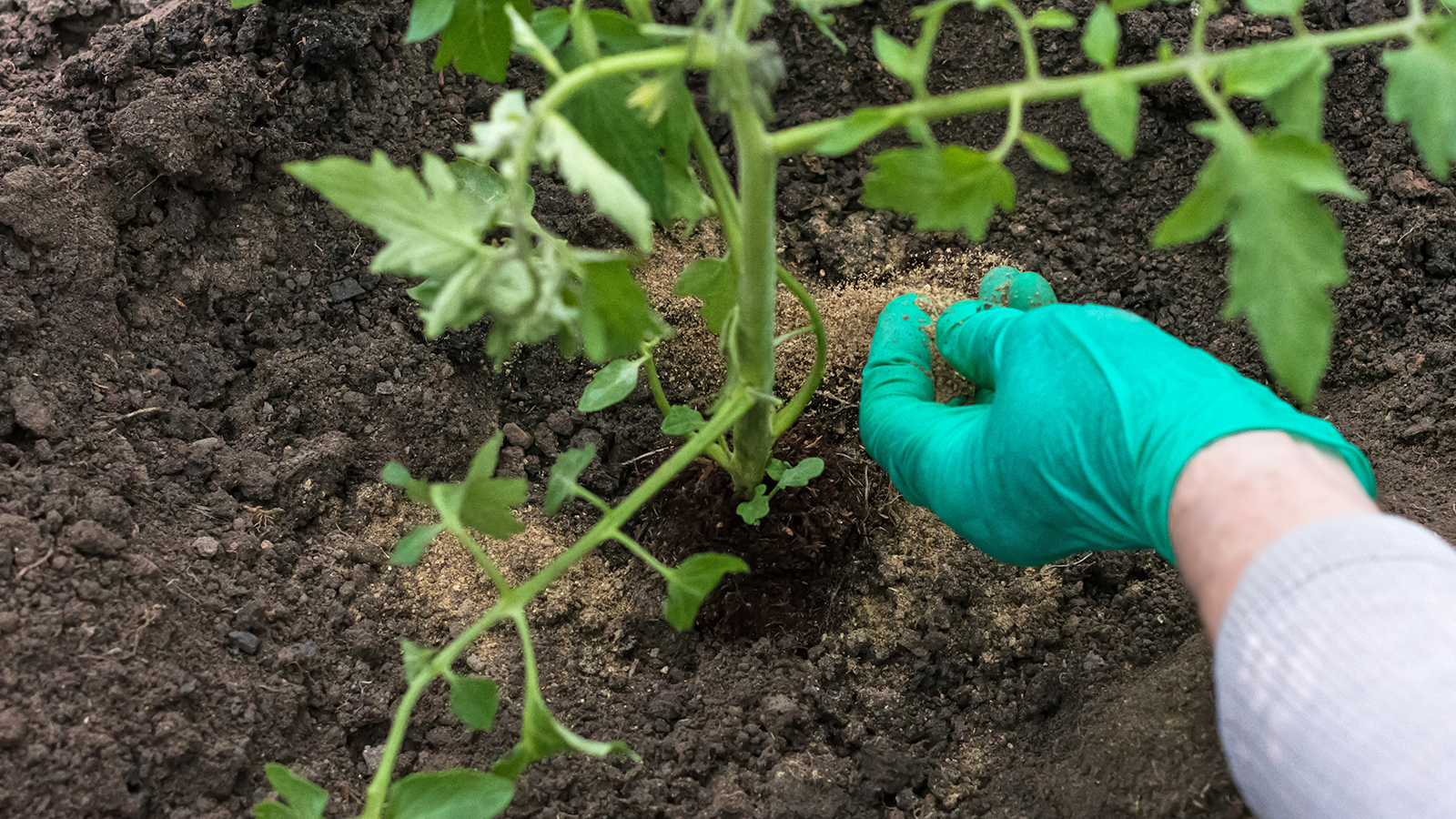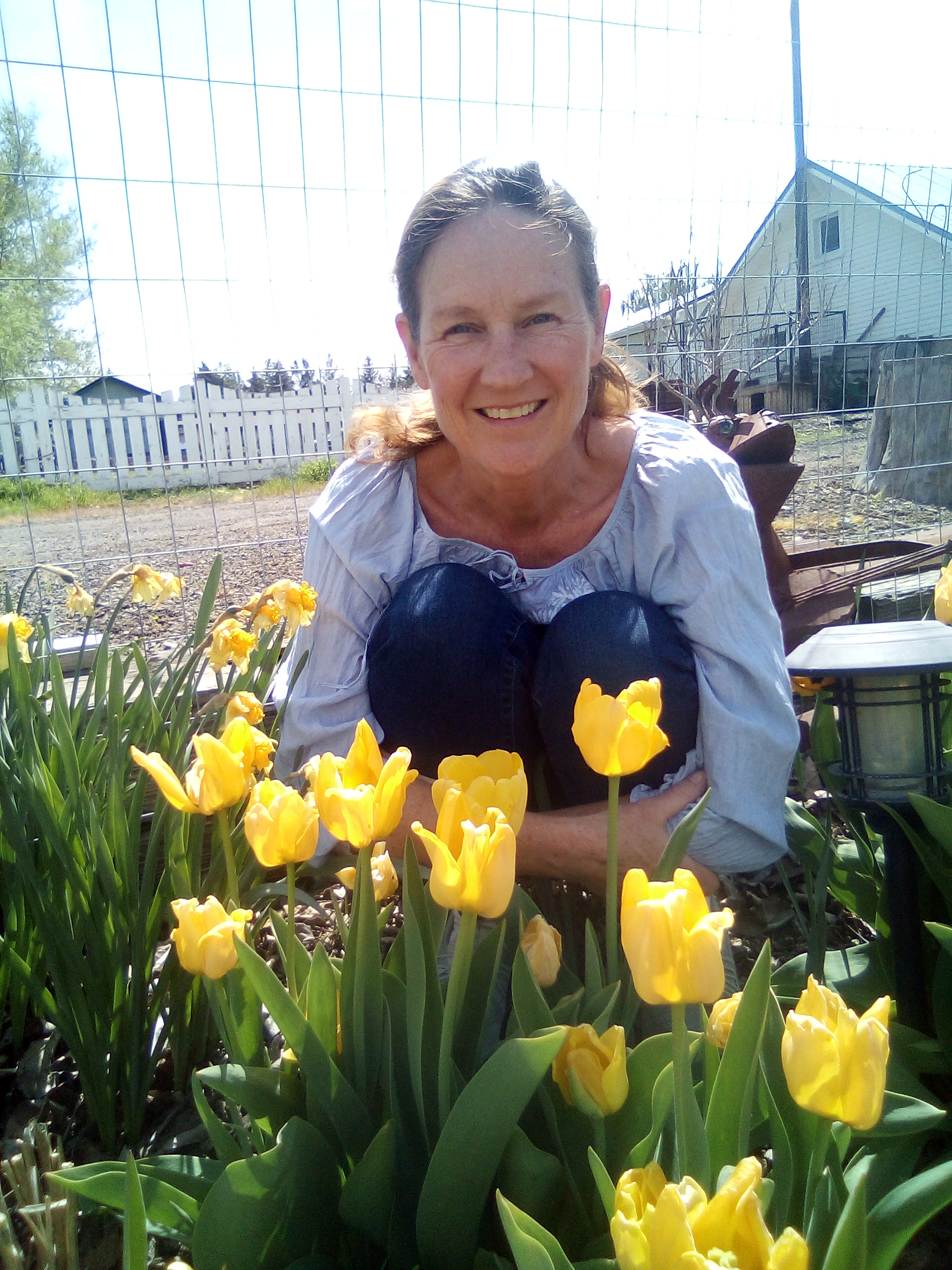Bone Meal: Everything To Know About The Organic Fertilizer
Should you use bone meal fertilizer in the garden? A soil test may help you decide, but bone meal is not a complete food.


Bone meal fertilizer is a traditional organic amendment prized for its high levels of calcium and phosphorus. As an animal byproduct, it is produced by grinding defatted, dried bones into a fine powder.
Because it is so rich in specific minerals, bone meal is considered a supplement, not a complete organic fertilizer. It's a valuable part of the plant feeding process, but plants also need a full range of macronutrients and other minerals to thrive.
What Is Bone Meal?
Bone meal comes primarily from slaughterhouse animals. The bones are steamed at high pressure to remove gelatinous materials, which are used in gelatin and glue. The bones are then ground very finely to make the phosphorus more available to plant roots.
Bone meal has been touted as a root stimulator and is often added to holes prior to planting bulbs. It is also often used on root vegetables. The NPK analysis of bone meal is 1-11-0 or 5-12-0. There is very little nitrogen in the material, adequate amounts of phosphorus, and no potassium. Each of these items is a macronutrient that drives plant health. Additionally, studies have shown that plants can only access phosphorus in soil pHs below 7.0.
Blood Meal vs. Bone Meal
In contrast to bone meal, blood meal has a much higher percentage of nitrogen - 10-12 percent. It is also an animal byproduct. While bone meal will last 6-12 months, blood meal will only persist for 2 months. However, it is often used around plants to repel rabbits, deer, and other browsing animals.
Bone Meal as a Fertilizer
As mentioned, one of the main disadvantages of bone meal is that it’s not a complete fertilizer. Because it lacks most of the nutrients plants need, it is just a mineral supplement. It does contain 15-22 percent calcium, which can be useful when staving off diseases like blossom end rot, but is insufficient on its own as a sole feed for plants.
Pros and Cons of Bone Meal Fertilizer
The high amount of calcium and phosphorus can cause problems in plants if there are already sufficient amounts in the soil, which means a soil test might be handy to decide if bone meal is necessary. High soil amounts of phosphorus can interrupt mycorrhizal fungi connections. This means the roots of a plant must grow further, causing excess expenditure of energy that should go elsewhere.
Sign up for the Gardening Know How newsletter today and receive a free copy of our e-book "How to Grow Delicious Tomatoes".
Additionally, bone meal for plants cannot provide the other necessary minerals and nutrients alone, and could actually overdose the soil and therefore the plant’s roots. Using bone meal for fertilizer won’t hurt plants in most cases, but it doesn’t give plants everything they need. It is, however, an organic product and non-toxic, making it an obvious choice for a garden soil amendment. It is also readily available and easy to use. But while it may deter rabbits, it may attract pests like raccoons or skunks who smell the bone and are looking for food.
How to Use Bone Meal for Plants
Bone meal is either mixed into the top of soil before sowing seed, added to the bottom of a planting hole, or used as a side or top dress around plants. The rule is 3 cups (120 grams) to every 100 square feet (30.48 m). Always water the product thoroughly to help release the compounds into the soil.
Frequently Asked Questions
What Plants Like Bone Meal Fertilizer?
Because bone meal drives root growth, root crops like parsnips and carrots can benefit. It is traditionally used in the prepared hole before planting flowering bulbs. It is also suggested to be used in the first year perennials are planted to help establish the plants. Because of the high calcium content in the meal, bone meal can help protect nightshade plants like tomatoes from blossom end rot.
When Should You Not Use Bone Meal?
Bone meal should not be used when the soil pH is above 7.0.
It should also not be used in soils that already have excess phosphorus and calcium.
It should not be used in place of complete fertilizers.
This organic product does have a place in gardening, but it is not the whole answer to healthy plants.

Bonnie Grant is a professional landscaper with a Certification in Urban Gardening. She has been gardening and writing for 15 years. A former professional chef, she has a passion for edible landscaping.